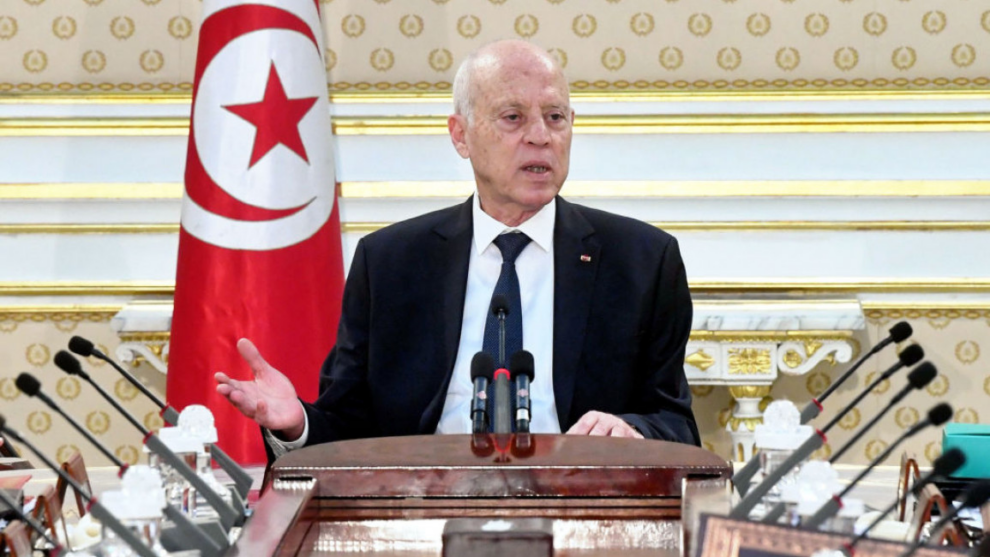There is a month left until the local elections on December 24 but Tunisians’ interest in this event is low and calls to boycott the polls have already started.
The first to do so was the National Salvation Front, the main opposition coalition, others will follow.
The parties discarded from political life after Kais Saied’s coup on 25 July 2021, which contest the grassroots democracy process initiated by the president, intend to repeat the experience of the parliamentarians of December 2022, that is, to boycott the vote.
A massive boycott which only partially explains the very low participation rate of 11.4% in that session, a sign above all of Tunisians’ profound disaffection with politics. On December 24, citizens are called to elect the local councils, which are the basis of what will later be the National Council of Regions and Districts, or the second chamber of the country. Tunisia includes 24 governorates which are in turn divided into 279 delegations. These delegations in turn are divided into 2085 imadas, a term traditionally translated as “sector”, now district.
To elect the members of the National Council of Regions and Districts (5) the process will begin at the local level on 24 December with a first election which will allow each imada to elect their representatives in a local council established at the level of each delegation. Subsequently, all the local councils will elect regional councils which will be representative of each governorate. In the end, the national ballot will allow the members of the National Council of Regions and Districts to be elected, with 77 members, of which 5 from the districts. This is a bottom-up process, to obtain optimal representativeness and ensure perfect interconnection with the territory. This also resulted in a new administrative subdivision into 5 districts. This search for capillarity is the great innovation sought by the government which thus seeks to inject local needs into the parliamentary debate. In fact, if the first chamber has a legislative function, the second decides on development projects and local projects.
In its own way, this type of facility aims to achieve one of the social objectives of the Tunisian revolution. In fact, many regions remained marginalized in the old regime and today’s challenge is to bring the peripheries closer to the centre. Very complex as a whole and in its functioning, this device, with a two-round vote, is based on a system of delegations, rotating presidencies, but also on the possibility of withdrawing mandates. And obviously on the candidates’ commitment to presenting programs on the basis of which they can be elected and which they will have to implement. The intentions of the legislator are noble but the reality is much more problematic, because communication is not clear, there is currently no political or social debate regarding the issues and ways that will change the way of local governance. The absence of exchanges, contacts, information, proximity approach with the elites, public opinion and voters risks once again compromising an important electoral appointment. Important because it is the first stage of the installation of the second legislative chamber, the pillar of the new political project which, together with the Chamber of Deputies, will have the task of examining all the laws related to the state budget and the economic and social development of the regions. Other factors could also compromise the December elections.
Source : Ansa

















Add Comment